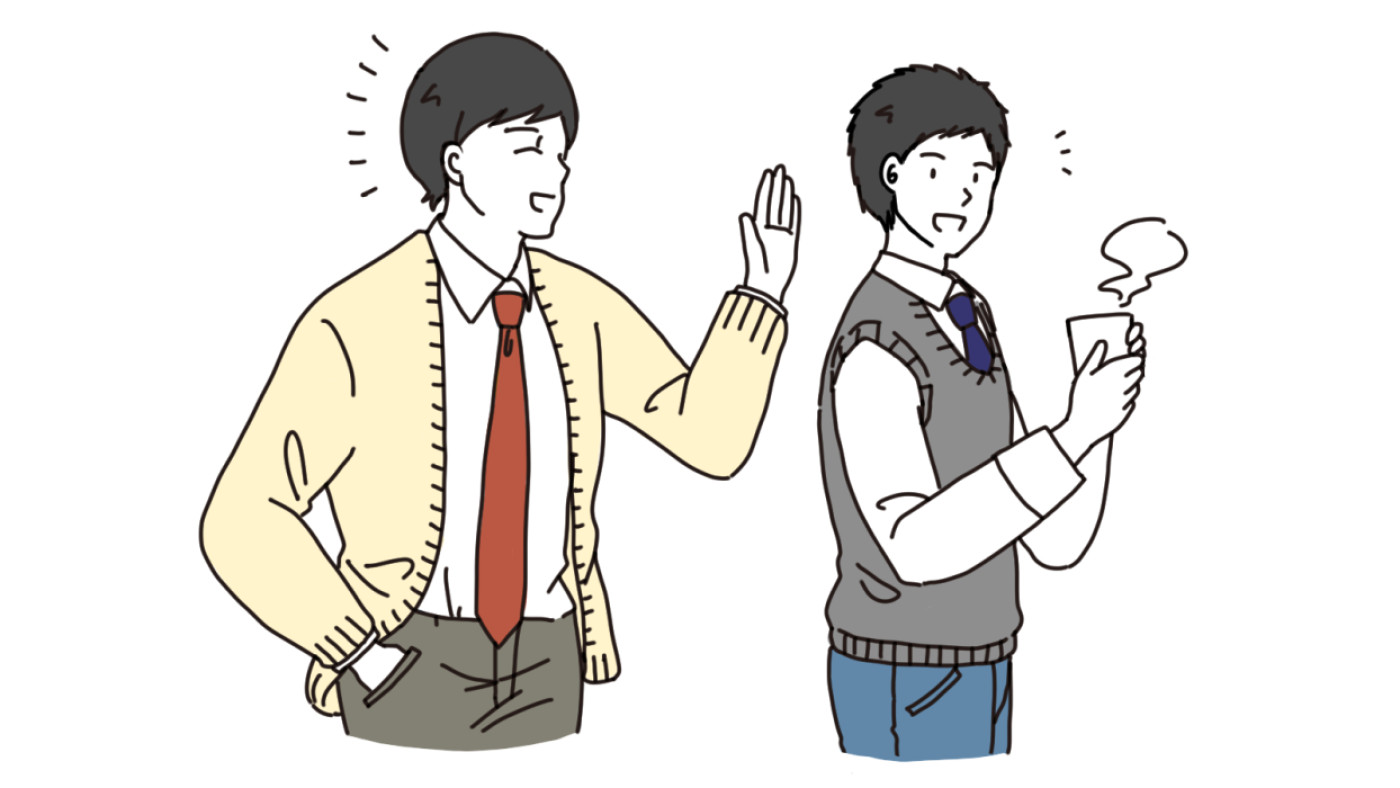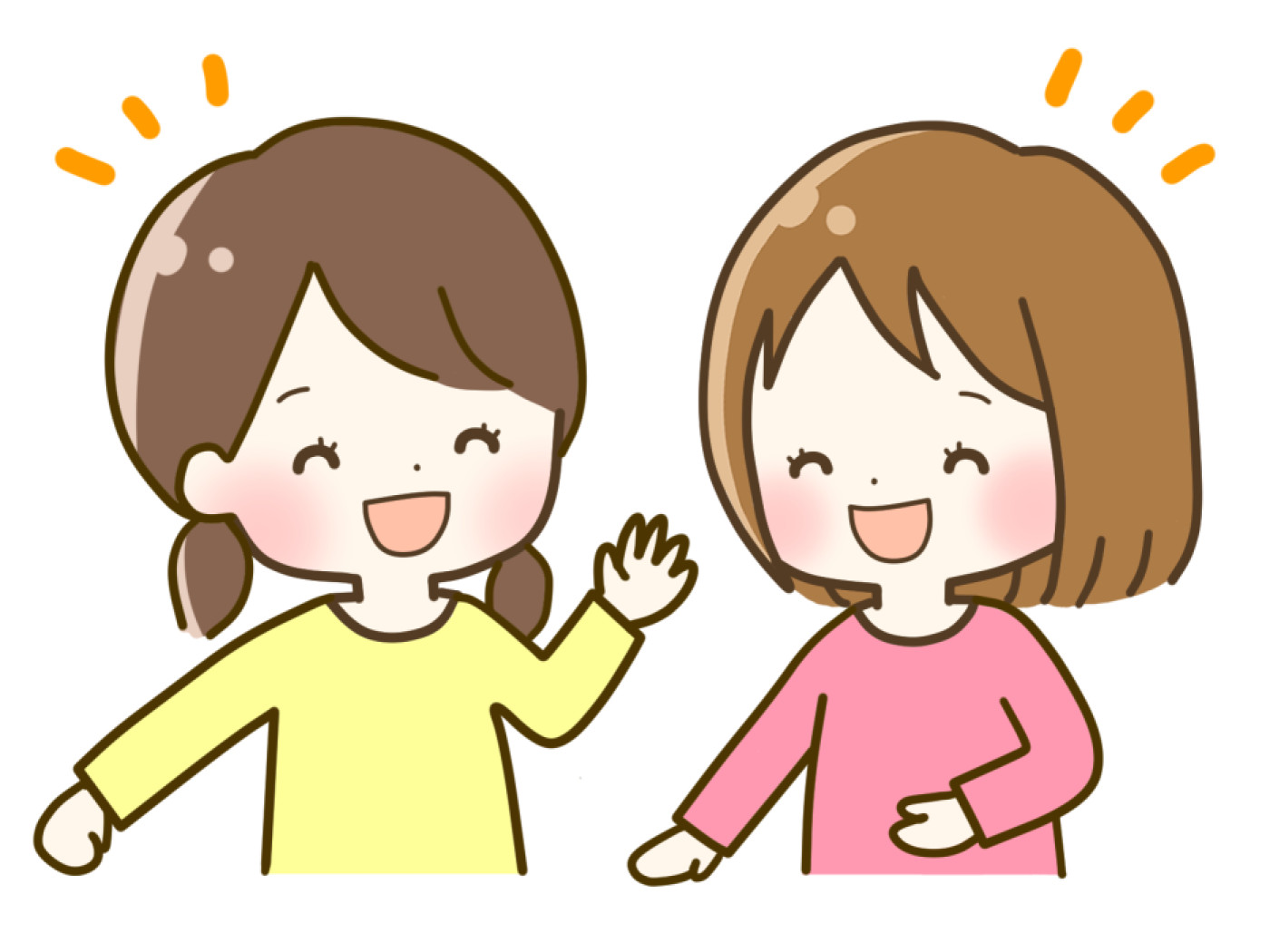You may be confused by the many titles or suffixes attached to the end of Japanese names. -san, - chan, - kun, -sama ? Which one should you use? Why are they not used sometimes? It really depends on your relationship with the person and the situation, just like English titles - Mr, Mrs, Miss, Ms., Sir, Madam, etc. that we need to learn when/where to use.
Table of Contents
Structure of Japanese Names

Before jumping straight into Japanese honorifics, it’s important to first know the correct way to read Japanese names. Opposite from the Western name structure of given name followed by family name, Japanese names are structured as family name followed by given name. Japanese names also rarely have middle names. Example:
田中 太郎 Read: Tanaka Tarou
田中 Tanaka = Family Name, Surname
太郎 Tarou = Given Name
By the way, Tanaka Tarou is basically the John Smith of Japan. The female equivalent, Jane Doe is Yamada Hanako (山田 花子).
Writer's Pick
Addressing Someone Formally

Manners are strictly upheld in Japanese society, especially when it’s meeting someone for the first time, towards elderly, customers, and in business settings. Making a mistake with honorifics will give off quite a bad impression and show lack of respect.
-San (~さん)
The most basic of Japanese manners and the most commonly used Japanese honorific is -san. Indeed, it is the first thing you’ll learn in Japanese language class on how to call someone. Example:
Self-introduction by A: “Tanaka Tarou desu.” 「田中 太郎です。」
The correct way to call A is “Tanaka-san”.
Calling A by “Tanaka” “Tarou-san” is ❌
The English equivalent of -san can be Mr. or Mrs./Miss. You can only call someone by their given name-san, like Tarou-san, when you are more familiar with them and they allow it. One thing to note, never attach -san when mentioning your name! Example:
Self-introduction by A: “Tanaka Tarou-san desu.” 「田中 太郎さんです。」 ❌
Aside from names, -san can also be used these way:
-
Referring to someone in conversation - “Tanaka-san will be in charge of this.”
-
Calling an older family member - Otosan (father), Okaasan (mother), etc.
-
Respecting brands - Toyota-san, Mitsubishi-san
-
Respecting occupations/businesses - Raita-san (Writer-san), Onikuya-san (Meat Shop)
-Sama (~様)
-Sama is usually used in business settings, email and letter correspondences, and when dealing with guests or customers. The way to call is the same as for -san, attached to the back of the family name. Example:
Tanaka-san becomes Tanaka-sama
Yamada-san becomes Yamada-sama

At places offering services like restaurants, customers are called Okyaku-sama (お客様) which literally means o-customer-sama. Attaching both prefix o- and suffix -sama at the end offers an even higher level of respect.
-Shi (~氏)
-Shi is not used verbally but in written communication. In olden days, -shi was only used for men but now it is used for women too. It is used in third person context and usually for introducing somebody from somewhere. Example:
This was prepared by Tanaka-shi from XXX Company.
We will be welcoming Yamada-shi from XXX Company as our special guest.

Otakus and young people sometimes use -shi in conversation for fun. You may have heard it used in particular by otaku characters in anime. These characters also tend to end sentences with -gozaru.
Calling Someone Familiarly

Have a close friend you talk casually with? You can use any of the following!
-chan (~ちゃん)
-Chan is generally reserved for children and females but also used for animals, close friends, and close family members - Ojiichan (grandpa) and Obaachan (grandma). It is extremely inappropriate to use -chan when addressing a superior. It is said that -chan is actually babytalk for -san!
-kun (~くん・~君)
-Kun is often mistaken to be the male equivalent of -chan, but actually -kun can be used for both males and females. -Kun is more casual than -san so never use it to address someone older or more superior than you. -Kun is usually used by those of higher status to address those of lower status, for example superiors to subordinates and seniors to juniors. Close friends may also use -kun to call each other.
You’ve probably noticed already but the Kanji for -kun is 君 which is read “kimi” when not used as suffix. Example:
「Kimi no Na Wa 君の名は」
「Kimi to Boku 君と僕」
-tan (~たん)
Where did -tan come from? It’s also babytalk! From the original -san, it was down leveled to -chan, then down leveled again to -tan! The term -tan is mostly used by otakus to cutify characters' names. Many people who are dating also use -tan as a term of endearment, though only in private because it’s embarrassing to do so in public.
Takeaway

Addressing or calling someone by the correct honorific reflects well on yourself as a person. It shows not just respect for the other person but also respect for Japanese customs. In the case of close friends, calling them familiarly shows appreciation of their friendship. There's many other honorifics for casual and professional situations.
For corporate organizations in particular, addressing seniors by their company ranks is a sign of respect. Read more about job titles in Japanese corporations here:
Defining Job Titles and Positions in Japanese

.jpg)
































